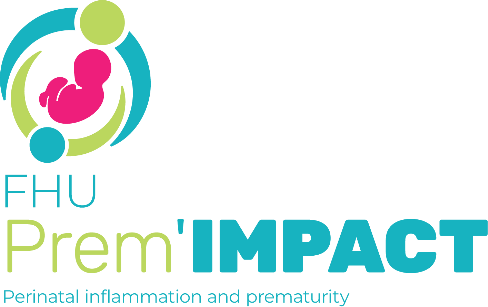SARS-CoV-2 Infection During Pregnancy. Information and Proposal of Management Care. CNGOF
Gynecol Obstet Fertil Senol. 2020 May;48(5):436-443. doi: 10.1016/j.gofs.2020.03.014.
Résumé
Un nouveau coronavirus (SARS-CoV-2) mis en évidence en fin d’année 2019 en Chine se diffuse à travers tous les continents. Le plus souvent à l’origine d’un syndrome infectieux sans gravité, associant à différents degrés des symptômes bénins (fièvre, toux, myalgies, céphalées et éventuels troubles digestifs) le SARS-Covid-2 peut être à l’origine de pathologies pulmonaires graves et parfois de décès. Les données sur les conséquences pendant la grossesse sont limitées. Les premières données chinoises publiées semblent montrer que les symptômes chez la femme enceinte sont les mêmes que ceux de la population générale. mais il y a un risque qu’il y ai plus de formes graves. Il n’y a pas de cas de transmission maternofœtale intra utérine mais des cas de nouveau-nés infectés précocement font penser qu’il pourrait y avoir transmission verticale per-partum ou néonatale. Une prématurité induite et des cas de détresses respiratoires chez les nouveau-nés de mères infectées ont été décrits. La grossesse est connue comme une période plus à risque pour les conséquences des infections respiratoires, comme pour la grippe, il parait donc important de dépister le Covid-19 en présence de symptômes et de surveiller de façon rapprochée les femmes enceintes infectées. Dans ce contexte d’épidémie de SARS-Covid-2, les sociétés savantes de gynécologie-obstétrique, d’infectiologie et de néonatalogie ont proposé un protocole français de prise en charge des cas possibles et avérés de SARS-Covid-2 chez la femme enceinte. Ces propositions peuvent évoluer de façon quotidienne avec l’avancée de l’épidémie et des connaissances chez la femme enceinte.
Abstract
A new coronavirus (SARS-CoV-2) highlighted at the end of 2019 in China is spreading across all continents. Most often at the origin of a mild infectious syndrome, associating mild symptoms (fever, cough, myalgia, headache and possible digestive disorders) to different degrees, SARS-Covid-2 can cause serious pulmonary pathologies and sometimes death. Data on the consequences during pregnancy are limited. The first Chinese data published seem to show that the symptoms in pregnant women are the same as those of the general population. There are no cases of intrauterine maternal-fetal transmission, but cases of newborns infected early suggest that there could be vertical perpartum or neonatal transmission. Induced prematurity and cases of respiratory distress in newborns of infected mothers have been described. Pregnancy is known as a period at higher risk for the consequences of respiratory infections, as for influenza, so it seems important to screen for Covid-19 in the presence of symptoms and to monitor closely pregnant women. In this context of the SARS-Covid-2 epidemic, the societies of gynecology-obstetrics, infectious diseases and neonatalogy have proposed a French protocol for the management of possible and proven cases of SARS-Covid-2 in pregnant women. These proposals may evolve on a daily basis with the advancement of the epidemic and knowledge in pregnant women. Subsequently, an in-depth analysis of cases in pregnant women will be necessary in order to improve knowledge on the subject.
